The rigid 9-to-5 workday that once defined professional life is fading fast. Thanks to AI and flexible work schedules, we are entering a new era of digital freedom—where output matters more than office hours. Intelligent AI agents are the catalysts of this transformation, optimizing when, how, and even where people work.
The traditional work structure was built around physical presence and predictable schedules. But AI-enabled remote workforce tools have shattered those boundaries. Smart scheduling algorithms, virtual assistants, and data-driven productivity systems allow people to collaborate asynchronously across time zones. Work is no longer about sitting at a desk—it’s about contribution and creativity.
This digital transformation of jobs is redefining what it means to be productive. AI can now analyze performance trends, manage project timelines, and allocate tasks based on individual strengths. The result is a fluid work culture, where each person operates at their natural peak hours rather than conforming to outdated routines.
In AI-driven productivity models, automation handles routine tasks—data entry, reporting, and administrative chores—leaving humans free for innovation. Meanwhile, AI in hybrid work environments enables seamless coordination between in-office and remote staff, ensuring everyone contributes equally regardless of location.
Perhaps the greatest gift of this evolution is automation and work-life balance. By personalizing workflows and removing time-based constraints, AI empowers professionals to reclaim their time and focus on well-being. Parents, freelancers, and creatives can all thrive in this AI-powered global collaboration ecosystem.
However, the end of the 9-to-5 workday doesn’t come without challenges. Employers must rethink performance metrics, security practices, and cultural cohesion. Leadership must evolve from surveillance to trust-based management, using transparency and data as bridges rather than barriers.
Ultimately, AI and flexible work schedules are creating an adaptive, borderless future of work—where your value isn’t measured by hours logged, but by ideas created. The fluid workforce is here, and AI is the invisible architect designing its foundation.



